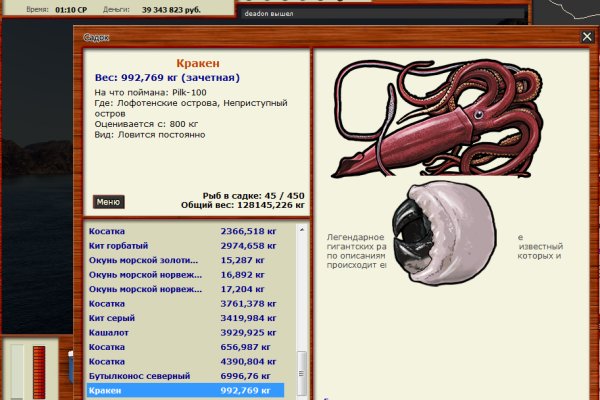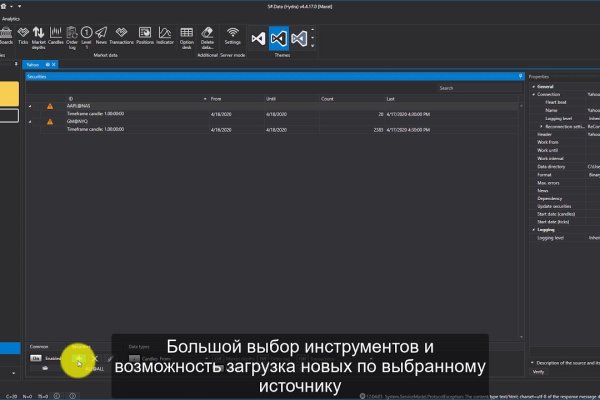Kraken сайт 3dark link com

Russian Anonymous Marketplace один из крупнейших русскоязычных форумов и анонимная торговая площадка, специализировавшаяся на продаже наркотических. 99 торрент руб. Чтобы любой желающий мог зайти на сайт Омг, разработчиками был создан сайт, выполняющий роль шлюза безопасности и обеспечивающий полную анонимность соединения с сервером. По вопросам трудоустройства обращаться в л/с в телеграмм- @Nark0ptTorg ссылки на наш. А. Максим Пользователь. Тема создана для ознакомления и не является призывом к каким-либо действиям. Текст куда-то делся. Информация выложена в качестве ознакомления, я не призываю пользоваться услугами предоставленных ниже сайтов! Telegram боты. Mega darknet market и OMG! Как только будет сгенерировано новое зеркало Омг (Omg оно сразу же появится здесь. Поисковики Настоятельно рекомендуется тщательно проверять ссылки, которые доступны в выдаче поисковой системы. Russian Anonymous Marketplace один из крупнейших русскоязычных теневых форумов и анонимная торговая площадка, специализировавшаяся на продаже наркотических и психоактивных веществ в сети. FK-: скейт парки и площадки для катания на роликах, самокатах, BMX. Чем дальше идёт время, тем более интересные способы они придумывают. Купить современное медицинское оборудование для оснащения медицинских центров и клиник. 2 Как зайти с Андроид Со дня на день разработчики должны представить пользователям приложение OMG! Бесплатная горячая линия для зависимых и). Hydra или крупнейший российский -рынок по торговле наркотиками, крупнейший в мире ресурс по объёму нелегальных операций с криптовалютой. Музыканты из Сибири ведут блог своих записей и выступлений. Мария. Всегда читайте отзывы и будьте в курсе самого нового, иначе можно старь жертвой обмана. Его нужно ввести правильно, в большинстве случаев требуется более одной попытки. Сообщество HydraGrief ВКонтакте 3 подписчика. Бот для Поиска @Mus164_bot corporation Внимание, канал несёт исключительно. Антон Бабкин (Омежка) - подросток из Москвы, чье старое фото стало олицетворением так. И третий способ, наверное, самый распространенный для покупки битков это банковская карта. Как готовить бисквит. Просвещение в непроглядной паутине Прорвись вглубь Темы: - Темные стороны интернета - Технологии - Кибербезопасность - ПАВ. 2019 объявлено о строительстве первого ТЦ в Москве в пределах мкад. У площадки, на которой зарегистрировано более. Подборка Обменников BetaChange (Telegram) Перейти. Поиск по карте Находи и покупай клады прямо на карте. Если Вы приобрели нашу продукцию на, то у Вас есть возможность получить сайт бонус в размере 100 рублей на баланс Вашего мобильного номера телефона! Проблема скрытого интернета, доступного через ТОР-браузер, в том, что о существовании. Подборка Marketplace-площадок by LegalRC Площадки kraken постоянно атакуют друг друга, возможны долгие подключения и лаги. Официальный сайт и все зеркала Hydra Onion.
Kraken сайт 3dark link com - Kraken зарегистрироваться
Стафф беру в районе поближе. Пользователи привыкли к знакомому и удобному интерфейсу на Гидре, поэтому, когда Соляри и Блэкспрут представили свои. В чем же их преимущество? Сетей-даркнетов в мире существует много. Onion сложно, но можно, поэтому часто коммерсанты даркнета заводят новые площадки, не дожидаясь проблем на старых. Onion/ - Torch, поисковик по даркнету. Сайт известен как незаконный рынок, где пользователи могут покупать и продавать различные товары и услуги, включая наркотики и другие незаконные предметы. Читайте также: Биржа Bitstamp: регистрация, настройка, отзывы, зеркало Биржа Binance: комиссия, регистрация, отзывы Биржи без верификации: ТОП-5 торговых площадок. Площадка Be careful - in Google, Yandex, you can find fraudulent sites. Дата обращения: Альтруизм (в сопоставлении с эгоизмом) Низ. Сбои в работе теневого маркетплейса сейчас наблюдаются редко. Установить. Помните, что покупая товар за биткоины, вы сохраняете полную анонимность. Выбрать рынок (в Kraken это криптовалютную пару вверху слева, выбрать ордер "Купить" и тип ордера Лимит или маркет. Underdj5ziov3ic7.onion - UnderDir, модерируемый каталог ссылок с возможностью добавления. Какие товары продают в даркнет магазине Блэкспрут? Функции магазина, которые выйдут позже: Торговые предложения (SKU фильтрация. Для фиатных операций пользователю придется получить одобрение сервиса на следующем уровне верификации. Иногда зеркала недоступны для входа. Диван аккордеон фишеракция /pics/goods/g Вы можете купить диван аккордеон фишеракция 9004814 по привлекательной цене в магазинах мебели Omg Наличие в магазинах мебели диван аккордеон глория руб. Onion имейл. Операции по взлому и удалению: правоохранительные органы могут использовать технические средства для взлома серверов торговых площадок даркнета и отключения их от сети. Правильные ссылки маркетплейса помогают попасть на сайт ОМГ в том числе и через обычный браузер в обход запрета РКН. Onion ProtonMail достаточно известный и секурный имейл-сервис, требует JavaScript, к сожалению ozon3kdtlr6gtzjn. Выберите ваш город Москва Не нашли свой город? Кроме того, покупка или продажа товаров на таких сайтах является незаконной и может привести к серьезным последствиям, включая арест и тюремное заключение.

Данные отзывы относятся к самому ресурсу, а не к отдельным магазинам. Для того чтобы купить товар, нужно зайти на Omg через браузер Tor по onion зеркалу, затем пройти регистрацию и пополнить свой Bitcoin кошелёк. 5 Примечания. Доставка курьером сегодня от 0 в интернет-аптеке сбер еаптека с круглосуточной ㉔ доставкой Заказать доставку или забрать в нашей аптеке. Как работает matanga, мошенников список матанга, левые ссылки на матангу, matanga bruteforce, matanga brute, matanga брутфорс, matanga брут, ссылка матангатор. По поводу оптовых и мини-оптовых кладов обращаться в л/с на руторе. Самая крупная торговая онлайн-площадка в сети. Введя капчу, вы сразу же попадете на портал. Доступ через tor - http matangareonmy6bg. Веб-студия Мегагрупп занимается разработкой для бизнеса в Москве, Санкт-Петербурге и по всей России Стоимость от 7500. 7/10 (52 голосов) - Search бесплатно. Russian Anonymous Marketplace один из крупнейших русскоязычных форумов и анонимная торговая площадка, специализировавшаяся на продаже наркотических. Спасибо администрации Омг Onion и удачи в продвижении! Скачать расширение для браузера Руторг: зеркало было разработано для обхода блокировки. Как, какие настройки сделать, как заливать файлы в хранилище. Показываю как открыть сайты, заблокированныe РосКомНадзором без VPN. Обновление товаров каждую неделю. Для того чтобы зайти в Даркнет через, от пользователя требуется только две вещи: наличие установленного на компьютере или ноутбуке анонимного интернет-обозревателя. Вся ответственность за сохранность ваших денег лежит только на вас. Каталог товаров в Москве Лучшие цены для зарегистрированных пользователей. Но? 9 часов. Постановка: Евгений Закиров. Пирролидиновалерофенон, сокращённо α-, от англ. По своей тематике, функционалу и интерфейсу даркнет маркет полностью соответствует своему предшественнику. Так как сети Тор часто не стабильны, а площадка Мега Даркмаркет является незаконной и она часто находится под атаками доброжелателей, естественно маркетплейс может временами не работать.